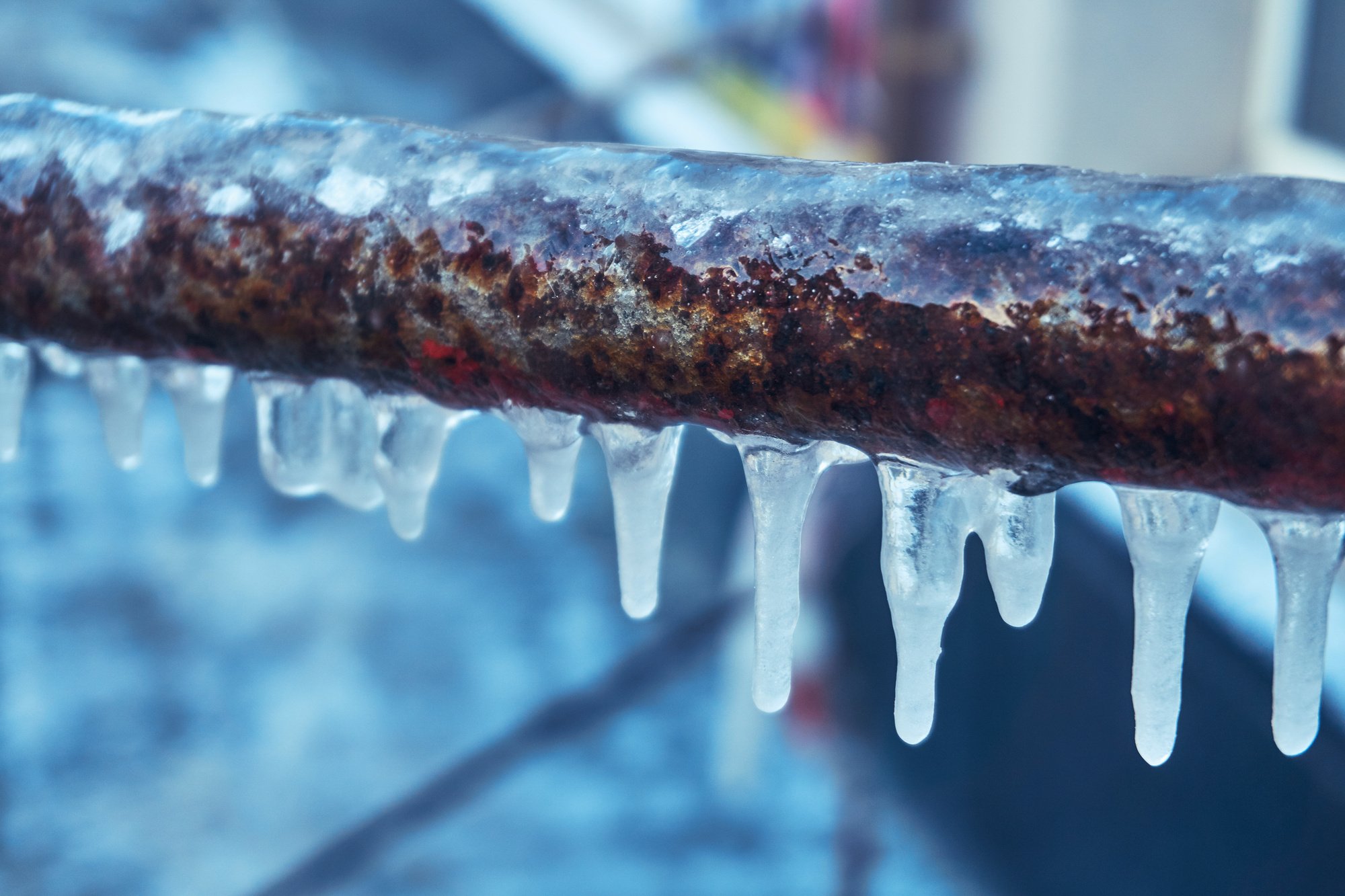Safeguarding Your Pipes from Freezing Issues: Critical Approaches
Safeguarding Your Pipes from Freezing Issues: Critical Approaches
Blog Article
Every person will have their own unique idea with regards to Prevent Frozen Pipes .

Cold weather can damage your plumbing, especially by freezing pipes. Right here's exactly how to avoid it from happening and what to do if it does.
Intro
As temperatures drop, the threat of frozen pipelines increases, possibly causing expensive repair work and water damages. Recognizing exactly how to prevent icy pipes is critical for house owners in cold environments.
Comprehending Icy Pipes
What creates pipes to ice up?
Pipelines freeze when revealed to temperatures listed below 32 ° F (0 ° C) for extended periods. As water inside the pipelines ices up, it broadens, taxing the pipeline walls and potentially creating them to rupture.
Risks and problems
Icy pipes can lead to water disturbances, residential property damage, and pricey repair services. Burst pipelines can flooding homes and create considerable architectural damages.
Indicators of Frozen Pipes
Identifying frozen pipes early can stop them from breaking.
Just how to recognize icy pipelines
Try to find reduced water flow from faucets, unusual smells or sounds from pipes, and visible frost on exposed pipelines.
Avoidance Tips
Protecting susceptible pipes
Wrap pipelines in insulation sleeves or utilize heat tape to protect them from freezing temperature levels. Focus on pipes in unheated or external areas of the home.
Heating methods
Keep indoor areas adequately warmed, especially locations with plumbing. Open up cabinet doors to permit warm air to flow around pipes under sinks.
Securing Outdoor Pipes
Yard hose pipes and exterior faucets
Detach and drain pipes yard tubes before winter season. Install frost-proof faucets or cover outdoor taps with insulated caps.
What to Do If Your Pipelines Freeze
Immediate actions to take
If you presume icy pipes, maintain faucets open to eliminate stress as the ice melts. Make use of a hairdryer or towels taken in warm water to thaw pipelines gradually.
Long-Term Solutions
Structural modifications
Consider rerouting pipes far from outside walls or unheated locations. Add additional insulation to attics, cellars, and crawl spaces.
Upgrading insulation
Invest in high-quality insulation for pipes, attic rooms, and wall surfaces. Correct insulation helps keep consistent temperatures and decreases the danger of icy pipelines.
Verdict
Preventing frozen pipes requires proactive actions and fast responses. By understanding the reasons, indicators, and safety nets, home owners can shield their pipes during winter.
5 Ways to Prevent Frozen Pipes
Drain Outdoor Faucets and Disconnect Hoses
First, close the shut-off valve that controls the flow of water in the pipe to your outdoor faucet. Then, head outside to disconnect and drain your hose and open the outdoor faucet to allow the water to completely drain out of the line. Turn off the faucet when done. Finally, head back to the shut-off valve and drain the remaining water inside the pipe into a bucket or container. Additionally, if you have a home irrigation system, you should consider hiring an expert to clear the system of water each year.
Insulate Pipes
One of the best and most cost-effective methods for preventing frozen water pipes is to wrap your pipes with insulation. This is especially important for areas in your home that aren’t exposed to heat, such as an attic. We suggest using foam sleeves, which can typically be found at your local hardware store.
Keep Heat Running at 65
Your pipes are located inside your walls, and the temperature there is much colder than the rest of the house. To prevent your pipes from freezing, The Insurance Information Institute suggests that you keep your home heated to at least 65 degrees, even when traveling. You may want to invest in smart devices that can keep an eye on the temperature in your home while you’re away.
Leave Water Dripping
Moving water — even a small trickle — can prevent ice from forming inside your pipes. When freezing temps are imminent, start a drip of water from all faucets that serve exposed pipes. Leaving a few faucets running will also help relieve pressure inside the pipes and help prevent a rupture if the water inside freezes.
Open Cupboard Doors
Warm your kitchen and bathroom pipes by opening cupboards and vanities. You should also leave your interior doors ajar to help warm air circulate evenly throughout your home.

As a fervent person who reads on How to Prevent Your Pipes From Freezing, I assumed sharing that piece of content was really helpful. Liked our piece? Please share it. Help other people check it out. Many thanks for being here. Return soon.
Get Estimate Report this page